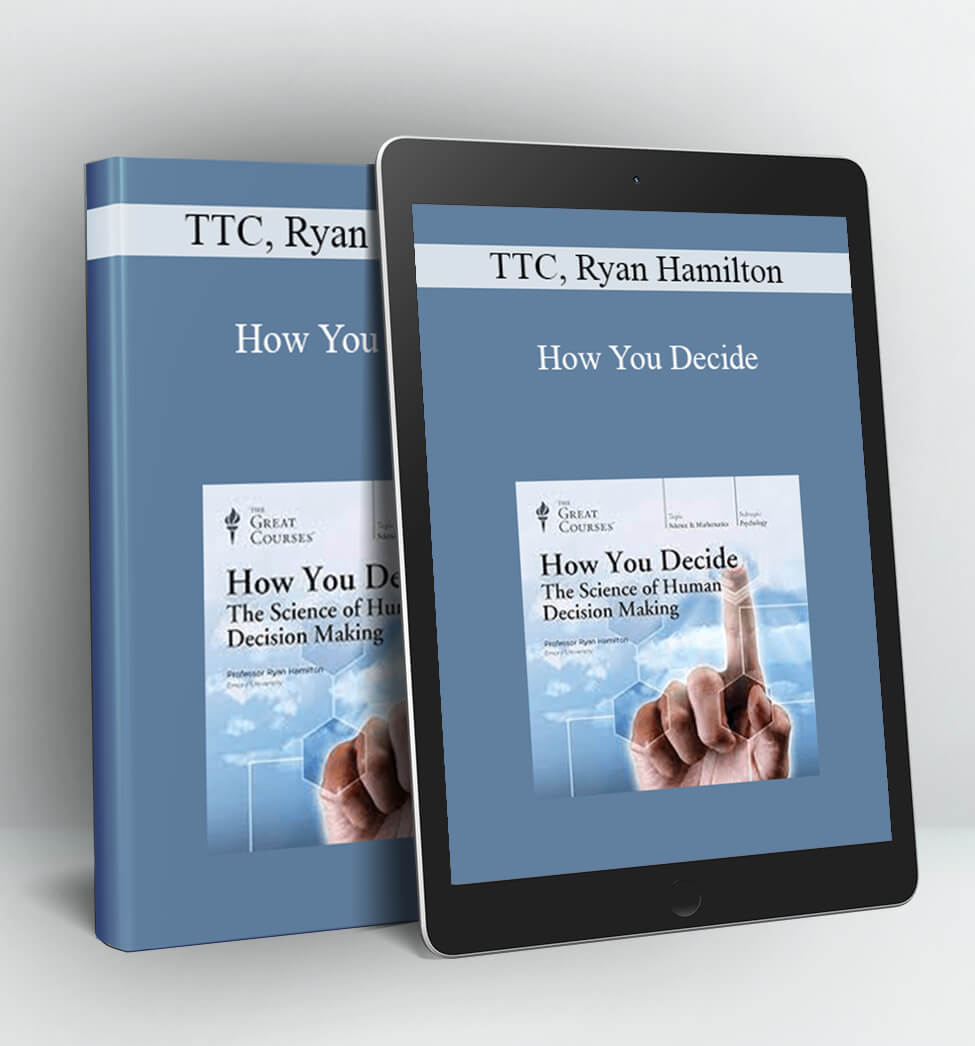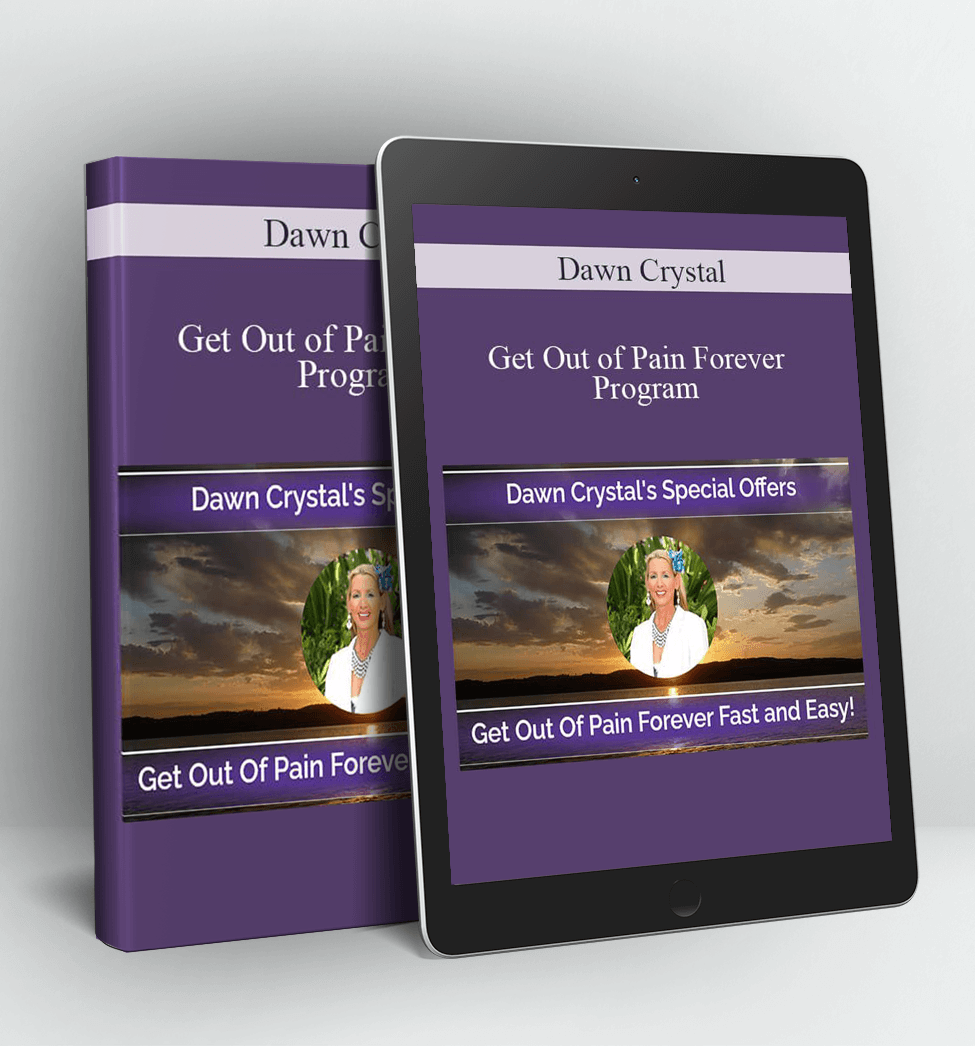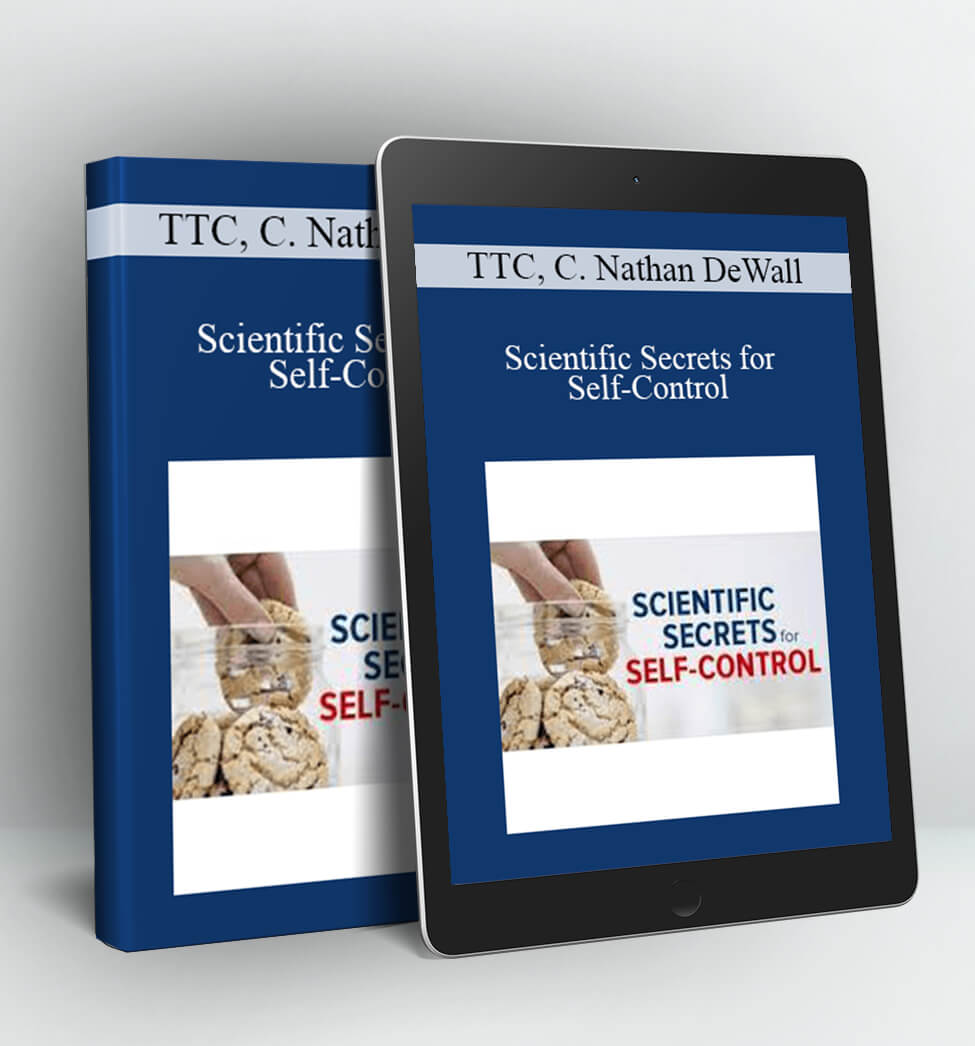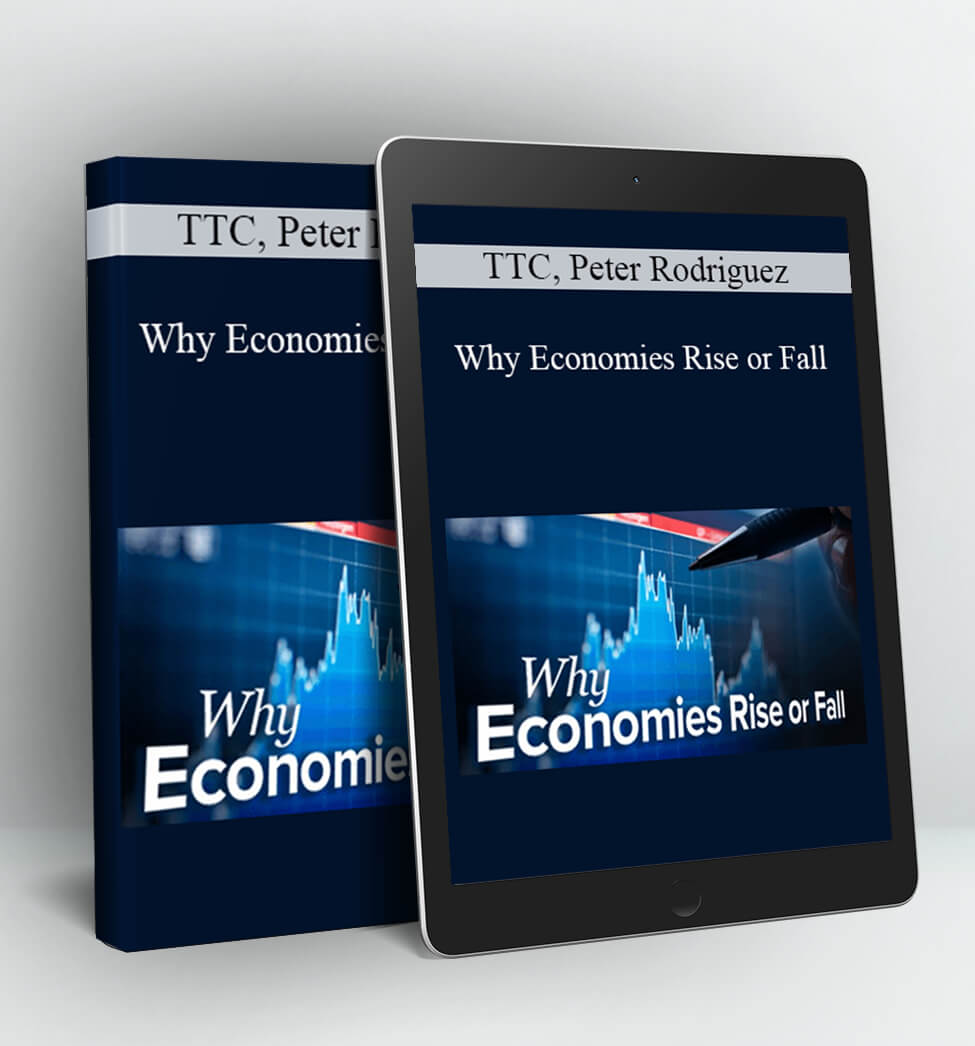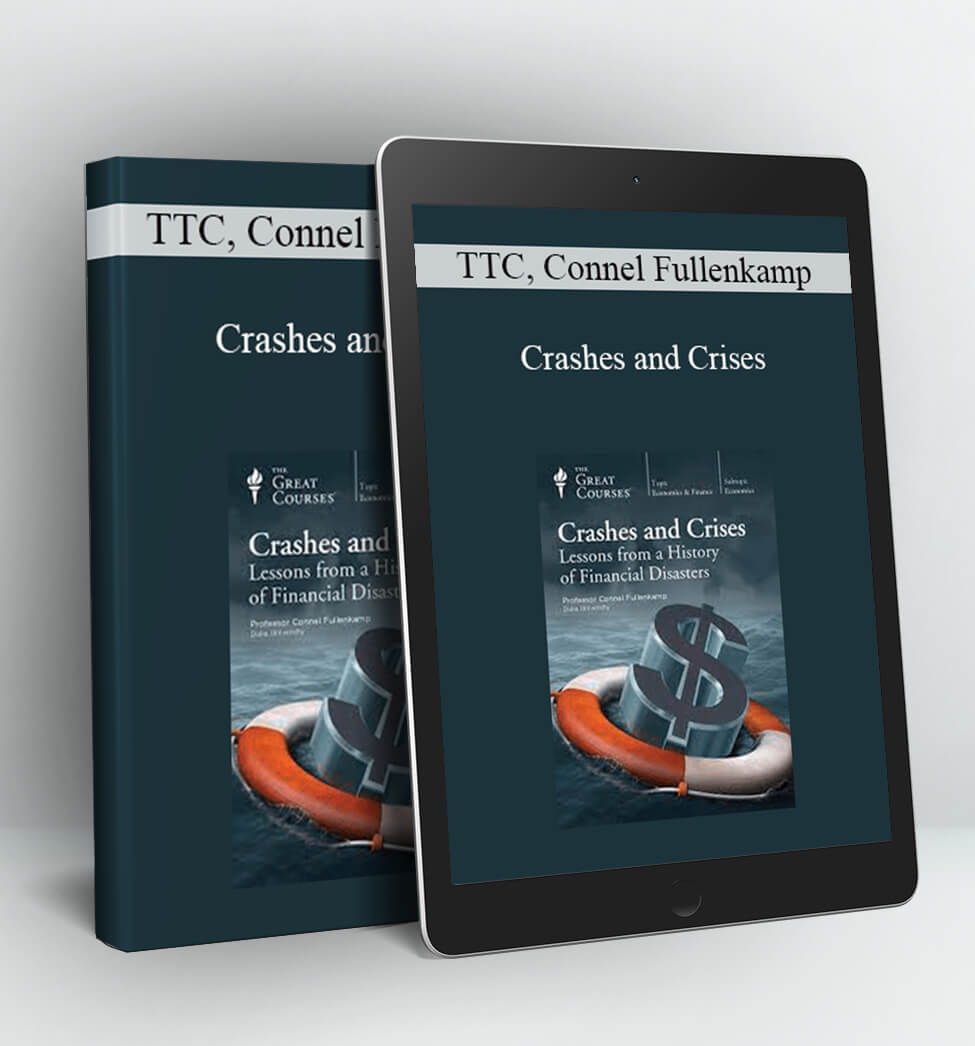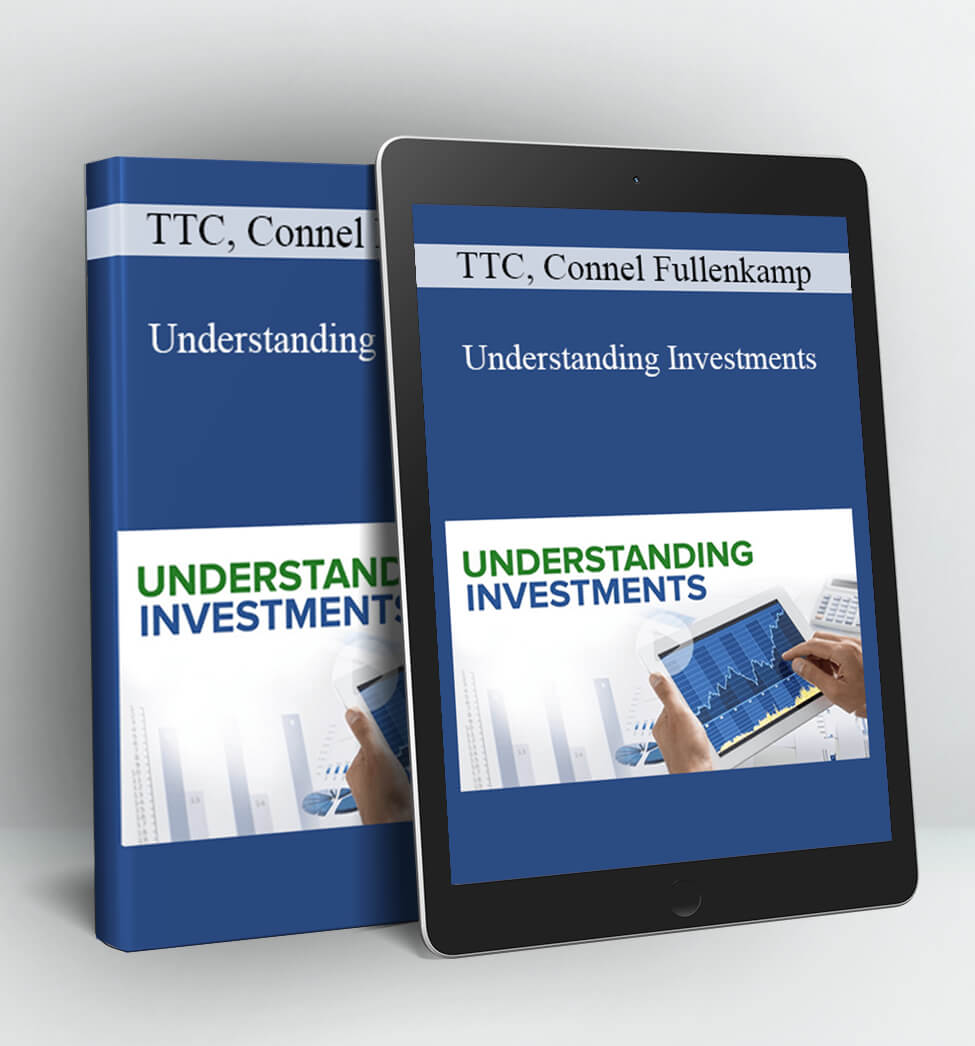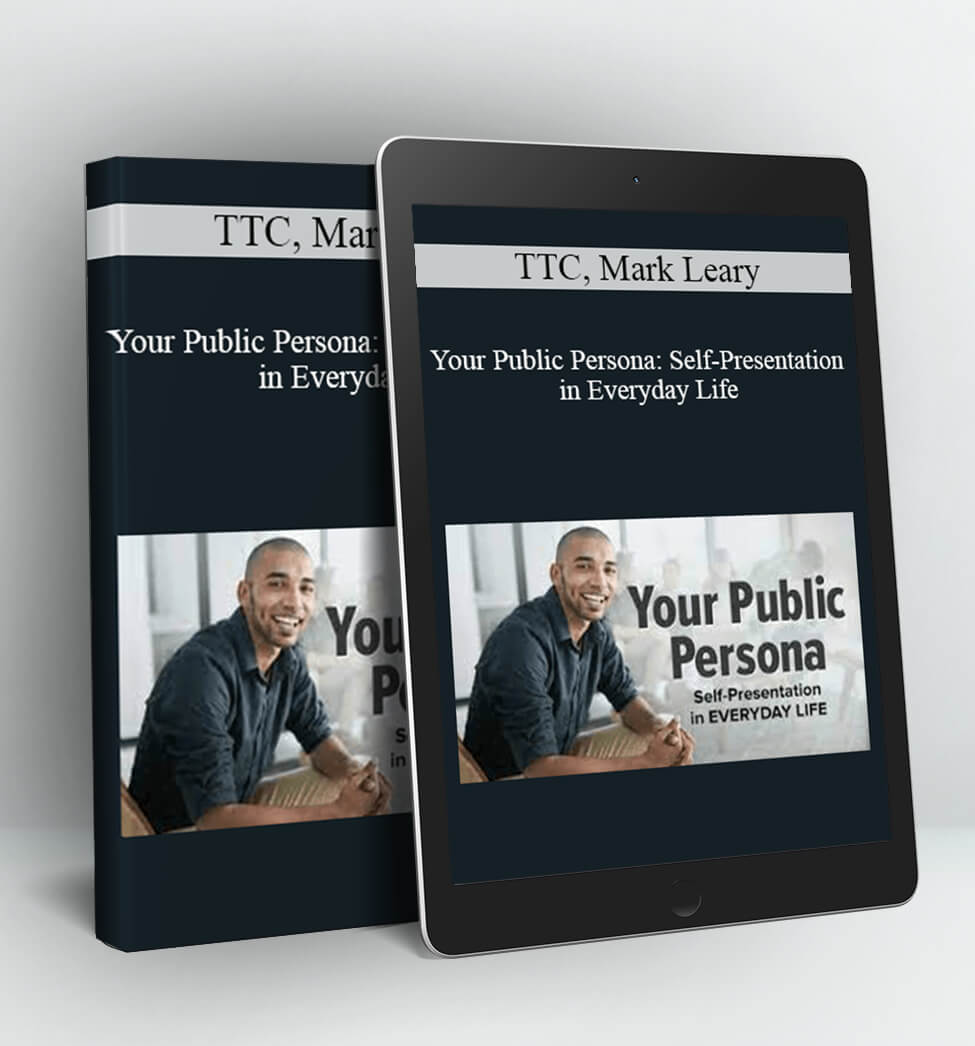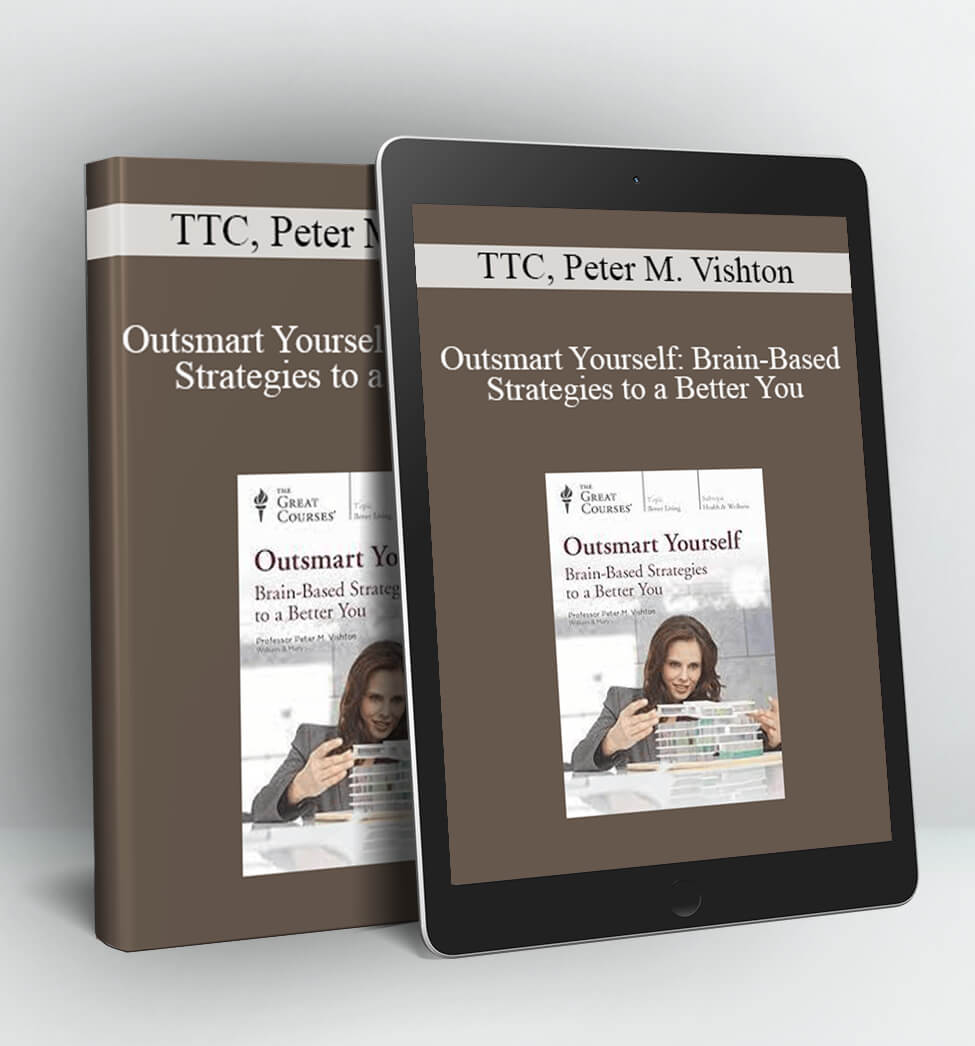
How You Decide – TTC, Ryan Hamilton
How You Decide: The Science of Human Decision Making
Course Overview
Have you ever wondered why your neighbors painted their front door lime green? Or wished you could watch TV without reaching for those snacks over and over again? Have you ever walked up and down the toy aisles to find a birthday present and left without buying anything, just to stop at the convenience store on the way home and buy the only toy on the shelf?
Those three activities—choosing a paint color, changing a habit, and purchasing a gift—might seem unrelated at first glance. But all are examples of the fascinating process of human decision making. Thousands of times each day, even tens of thousands by some estimates, we are presented with choices that require a decision. From the mundane to the life-changing, our brains are constantly working to solve these decision puzzles.
How in the world do we do it?
Over millennia, philosophers, theologians, and mathematicians have all weighed in on the topic, and in recent centuries, economists, psychologists, and sociologists have joined the investigation. People have always been fascinated by how the mind works. We also have a desire to learn from our mistakes, but in order to do so, it’s important to understand how we came to the decision that led to those mistakes.
From the Trojans’ acceptance of that big wooden horse, to the factors that help us decide whom to trust and whom to disbelieve, to the food you are likely to purchase in the market tomorrow—someone somewhere has put forth a theory to explain the decision. Some of these past theories could most politely be described as “aspirational,” describing decision making as it should be, not as it often is. Others have caught on in the minds of the general public and even been published in the popular press, only to be later disproven. But the information presented in this course is different.
In How You Decide: The Science of Human Decision Making, Professor Ryan Hamilton, Associate Professor of Marketing at Emory University’s Goizueta Business School, uses research revealed via the scientific method to understand and explain human decision making. While his easygoing manner and anecdotes about surprising and bizarre choices will keep you enthralled, Professor Hamilton also shares what decision science has revealed through empirically tested theories that make falsifiable predictions and lead to testable hypotheses.
Using the manufacturing process as a metaphor to present those truths, Professor Hamilton describes in 24 in-depth lectures:
- the informational raw materials you use as inputs to the decision-making process
- how your cognitive machinery prepares and assembles those raw materials into a decision
- the motivational control mechanisms that govern and tweak your cognitive machinery to produce a decision.
Dr. Hamilton’s boundless sense of wonder and enthusiasm for the subject of human decision making, solid foundation in the scientific method, and pervasive sense of humor are apparent in every lecture. While most of us believe we make decisions by examining our options rationally and reaching a logical conclusion, Dr. Hamilton, a consumer psychologist, shares a much more interesting reality of fascinating experiments, often irrational choices, and sometimes counterintuitive results.
Based on the outcomes of his own published experiments and those of his colleagues, Dr. Hamilton presents information that allows you to better understand the choices you face every day, the tools you can use to make the best decisions for your personal goals, and how to most effectively influence the decisions of others. Whether your goal is to improve your personal life or to apply decision science to your business, you’ll find the up-to-date research results and practical advice you need in this course.
The Rut of Routines: Everyday Scenarios
Everyone has routines that are established over weeks, months, or even years. These routines become such a part of your life that they can obscure the fact that you’re actually making choices throughout the routine. For example, you go to the store to buy a bag of your favorite coffee. You’ve been drinking this coffee for so many years that you don’t even consider the purchase a “decision.” But when you arrive, you find that the store manager has rearranged the shelves and added five new brands plus six new flavors of your favorite brand. You pick up each new bag, read the label, and sniff the aroma. But you just can’t seem to decide what to buy. What’s happening here?
In this course, you’ll learn:
- how the number and placement of choices affect your decisions and can even keep you from making any decision at all
- how the memory of a song or a joke can cause you to make specific choices months or years later
- whether or not subliminal messages can cause you to make decisions against your will
- how the blood flow in your brain can be altered by advertising without any conscious thought on your part
- how heuristics, while often helpful, can sometimes lead to stereotyping and other poor decisions.
You’ll also discover how you can affect your cognitive machinery and the decisions of others. For example, say that for years, you paid your children to do chores around the house. Over time, you watched them learn to make their beds, do their own laundry, mow the yard, and even do the dusting. But when you visited them in their first apartments, you were shocked to see that they were filthy. How could they possibly have made a decision like that? What went “wrong?” You’ll investigate:
- the difference between intrinsic and extrinsic motivation
- how reason-based decision making that seems rational can lead us astray
- the power of partitioning to affect your own decisions and others’
- how to most effectively break a bad habit or establish a good one
- why the commonly used list of pros and cons can actually be a poor decision tool.
What Tools Can We Use to Make the Best Possible Decisions?
Whether you need to buy a car, sell your business, relocate, find a new job, choose a caregiver for your parents, or decide the design and price of a raffle ticket, you always want to make the best possible decision for the occasion. In this practical course, you’ll delve into useful topics such as:
- the importance of reference points and how they are interpreted (and misinterpreted) by your cognitive machinery
- how the halo effect influences your decisions for better and for worse
- why we often choose irrelevant reasons to justify our decisions
- how intuitive processing and heuristics come into play when our cognitive resources are a mismatch for the decision at hand
- why we use the tool of replacement in decision making and how it can lead us astray
- how to “stack the deck” to influence the decision making of another person.
Throughout this course, Dr. Hamilton emphasizes the complex nature of human beings and the many environmental, physical, and emotional aspects of life that can impact any specific decision at any given moment. But while he cautions you to have realistic expectations in the prediction of human behavior, he also gives you the scientifically based tools you need to improve your personal and business decisions.
24 lectures | 29 minutes each
1 Thinking Scientifically about Decisions
2 The Two-System Model of Decision Making
3 The Role of Heuristics in Decisions
4 How Habits Make Decisions Easier
5 Self-Regulation and Choice
6 The Value Curve and Human Decisions
7 Emotional Influences on Decision Making
8 How Goals Guide Our Decisions
9 Reason-Based Choice
10 Mental Accounting as a Factor in Decisions
11 The Role of Mindsets in Decision Making
12 How Consistency Drives Decisions
13 Social Influences on Decision Making
14 Nonconscious Influences on Decision Making
15 An Evolutionary View of Decision Making
16 Regulatory Focus and Human Motivation
17 Decision Rules
18 How Context Influences Choice
19 How Framing Effects Guide Decisions
20 The Role of Memory in Decisions
21 Assortments, Variety, and Choice
22 How Evaluability Affects Decisions
23 Halo Effects and Choice
24 The Four Rs of Decision Making
Access Download How You Decide – TTC, Ryan Hamilton right now!
Delivery Method:
After your purchase, you’ll get access to the downloads page. Here, you can download all the files associated with your order.
Downloads are available once your payment is confirmed, we’ll also send you a download notification email separate from any transaction notification emails you receive from Coursedownloads.

